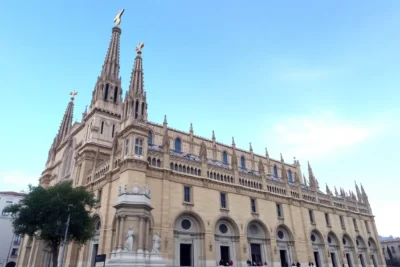
The Sagrada Familia in Barcelona stands as one of the most iconic landmarks in the world, attracting millions of visitors each year. Designed by the renowned architect Antoni Gaudí, this basilica has been under construction for more than a century, sparking interest and curiosity about its completion date.
As the intricate details and innovative designs continue to evolve, many are left wondering, When Will the Sagrada Familia in Barcelona Be Finished? Current projections suggest a completion date that reflects both the complexity of the project and the dedication to maintaining Gaudí's original vision.
The Anticipated Completion Date of the Sagrada Familia
The anticipated completion date of the Sagrada Familia has been a topic of discussion for decades. While the original target was set for 2026, coinciding with the centenary of Gaudí's death, recent developments have indicated that this timeline may be extended. Factors such as the complexity of the architecture and economic challenges have led to a reassessment of the projected date.
Several key factors contribute to the ongoing construction timeline:
- Architectural Complexity: The intricate designs and unique structures presented by Gaudí require a meticulous approach.
- Funding and Economics: The project relies heavily on private donations and ticket sales, which can fluctuate.
- Global Events: The COVID-19 pandemic caused significant delays, impacting labor and material supply.
As of now, the Sagrada Familia is approximately 70% complete. The construction team remains committed to honoring Gaudí's original vision while incorporating modern technology. With ongoing efforts, many enthusiasts remain hopeful that the completion will occur within the next decade, possibly by 2030.
In summary, while the anticipated completion date of the Sagrada Familia remains uncertain, the dedication to finishing this monumental project continues. The blend of innovation and tradition fuels the excitement surrounding its eventual unveiling, drawing attention not only to its future but also to the architectural legacy of Antoni Gaudí.
A Historical Journey: The Construction of the Sagrada Familia
The construction of the Sagrada Familia began in 1882, marking the start of an ambitious project that aimed to create a unique expression of faith and architecture. Initially designed by architect Francisco de Paula del Villar, the project took a transformative turn when Antoni Gaudí took over in 1883. His visionary designs and unconventional techniques have become the hallmark of this monumental basilica.
Throughout the years, the construction of the Sagrada Familia has faced numerous challenges, including financial constraints and the impact of historical events. Notably, the Spanish Civil War in the 1930s resulted in significant damage to Gaudí's original plans and models. Despite these setbacks, the project has continued, fueled by donations from visitors and supporters worldwide.
Today, the construction employs both traditional craftsmanship and modern technology, reflecting the evolution of building techniques over the past century. Key milestones in the journey include:
- Completion of the Nativity Facade: Finished in 1935, this facade showcases Gaudí's organic style and intricate details.
- Ongoing work on the Passion Facade: This facade, which conveys themes of suffering and sacrifice, has been a focal point in recent years.
- Future aspirations: Plans for the completion of the towers are underway, aiming to reach a final height of 172.5 meters.
As the Sagrada Familia approaches its completion, it not only serves as a testament to Gaudí's genius but also as a symbol of perseverance in the face of adversity. Visitors and locals alike eagerly anticipate the day when the basilica will finally be completed, standing as a beacon of architectural wonder and spiritual significance in Barcelona.
Gaudí's Vision: Architectural Highlights of the Sagrada Familia
Gaudí's vision for the Sagrada Familia is a harmonious blend of nature and spirituality, reflected in its architectural highlights. Each element of the basilica is meticulously designed to evoke feelings of awe and connection to the divine. The use of organic shapes and forms aims to mimic the beauty of the natural world, allowing visitors to experience a deeper sense of faith and wonder.
One of the most striking architectural highlights of the Sagrada Familia is its facades, each telling a unique story. Notably:
- Nativity Facade: Celebrates the birth of Jesus with intricate sculptures that capture the essence of life and joy.
- Passion Facade: Conveys the suffering and sacrifice of Christ, characterized by stark and angular designs to evoke emotion.
- Glory Facade: This is yet to be completed, intended to represent the resurrection and the glory of Jesus.
In addition to the facades, the towering spires of the Sagrada Familia symbolize different aspects of spirituality. Gaudí designed each tower to represent a biblical figure, with the tallest spire dedicated to Jesus Christ. The planned height of 172.5 meters will make it the tallest church building in the world, emphasizing its significance in the landscape of Barcelona.
The internal structure of the basilica is equally impressive, with soaring columns resembling trees that reach towards the heavens, creating a forest-like atmosphere. This design not only supports the weight of the building but also enhances the acoustics for the church's musical performances, making the Sagrada Familia a living example of Gaudí's architectural genius.
Challenges Faced During the Sagrada Familia's Construction
The construction of the Sagrada Familia has encountered numerous challenges over its lengthy history. One of the most significant hurdles has been the architectural complexity of Gaudí's designs, which require a high level of precision and craftsmanship. This intricacy necessitates skilled artisans, whose availability has fluctuated over the years, impacting the overall progress of the project.
Another challenge stems from financial constraints. The Sagrada Familia is primarily funded through private donations and ticket sales, leading to unpredictable cash flow. Economic downturns and shifts in tourism can significantly affect the availability of funds, resulting in temporary halts in construction. This reliance on external contributions makes scheduling and resource allocation particularly difficult.
The impact of historical events has also played a role in the construction timeline. For instance, the Spanish Civil War led to the destruction of many original plans and models created by Gaudí. Despite these setbacks, the resilience of the project has been remarkable, with ongoing efforts to restore and adapt his vision in the face of adversity.
Lastly, modern challenges such as the COVID-19 pandemic have added another layer of complexity to the construction timeline, causing delays in both labor and material supply. These unforeseen obstacles highlight the dedication of the construction team, who continue to work tirelessly to bring Gaudí's masterpiece closer to its long-awaited completion.
How the Sagrada Familia's Completion Will Impact Barcelona's Tourism
The completion of the Sagrada Familia is poised to significantly impact Barcelona's tourism landscape. As one of the world's most famous architectural works, its finishing will likely attract even more visitors eager to witness Gaudí's masterpiece in its entirety. Current statistics indicate that tourism accounts for a substantial portion of Barcelona's economy, and the completed basilica could further boost visitor numbers, enhancing the city's global profile as a cultural destination.
Moreover, the completed Sagrada Familia will provide new opportunities for tourism-related businesses. Local hotels, restaurants, and shops stand to benefit from the influx of tourists eager to explore the area surrounding the basilica. Anticipated increases in foot traffic could lead to:
- Enhanced Local Economy: More visitors mean greater spending in local businesses.
- Job Creation: The growth in tourism-related activities may lead to new job opportunities in the hospitality and service sectors.
- Cultural Events: The completed site may host various events and exhibitions, enriching the cultural offerings of Barcelona.
Furthermore, the Sagrada Familia's completion is expected to enhance its role as a cultural icon. With its intricate designs and profound spiritual significance, the basilica will continue to inspire artists and architects from around the globe. This enduring influence can help solidify Barcelona's status as a hub for creativity and innovation, encouraging even more visitors to explore its rich artistic heritage.
In conclusion, the completion of the Sagrada Familia will likely serve as a catalyst for increased tourism in Barcelona. By drawing in more visitors and bolstering the local economy, the finished basilica will not only fulfill Gaudí's vision but also contribute to the city's vibrant cultural landscape, ensuring that it remains a must-visit destination for travelers worldwide.
Understanding the Funding and Resources Behind the Sagrada Familia
Understanding the funding and resources behind the Sagrada Familia is crucial to grasping the complexities of its ongoing construction. The project is largely financed through private donations and ticket sales from millions of visitors each year. This unique funding model has both advantages and challenges, as it relies heavily on public interest and tourism trends. The fluctuations in visitor numbers can directly impact the financial resources available for construction.
A significant portion of the funds comes from ticket sales, which account for approximately 80% of the income, while private donations contribute the remaining 20%. This reliance on external funding sources underscores the importance of maintaining a steady flow of visitors who are curious to experience Gaudí's masterpiece. To further support the project, the Sagrada Familia Foundation actively engages in various fundraising initiatives, including:
- Exclusive tours that deepen the understanding of the basilica's history and architecture.
- Merchandise sales that promote the Sagrada Familia's artistic and cultural significance.
- Partnerships with local businesses and organizations to enhance community involvement.
Despite its iconic status, the Sagrada Familia faces financial hurdles, particularly during economic downturns or global crises. For instance, the COVID-19 pandemic had a noticeable effect on tourism, leading to a temporary decline in funding. The ability to secure financial resources remains a critical aspect of ensuring the project's completion within a reasonable timeframe. Understanding these dynamics is vital for anticipating how the Sagrada Familia will evolve and be sustained in the future.
As the basilica approaches its completion, the role of funding and resources will continue to be pivotal. The ongoing commitment from both local and international supporters reflects a collective appreciation for Gaudí's artistic vision. The hope is that as the Sagrada Familia nears its final stages, it will not only stand as a symbol of architectural brilliance but also as a testament to the collaborative effort of countless individuals who have contributed to its journey.
En este contexto, te presentamos un video que explora las proyecciones y los detalles sobre cuándo se espera que finalice la Sagrada Familia en Barcelona.

 From Sagrada Familia to Moco Museum: Exploring Barcelona's Artistic Wonders
From Sagrada Familia to Moco Museum: Exploring Barcelona's Artistic Wonders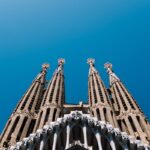 From Sagrada Familia to Barcelona Cathedral: Exploring Barcelona's Architectural Marvels
From Sagrada Familia to Barcelona Cathedral: Exploring Barcelona's Architectural MarvelsIf you want to know other articles similar to When Will the Sagrada Familia in Barcelona Be Finished? you can visit the category Sagrada Familia.
Leave a Reply

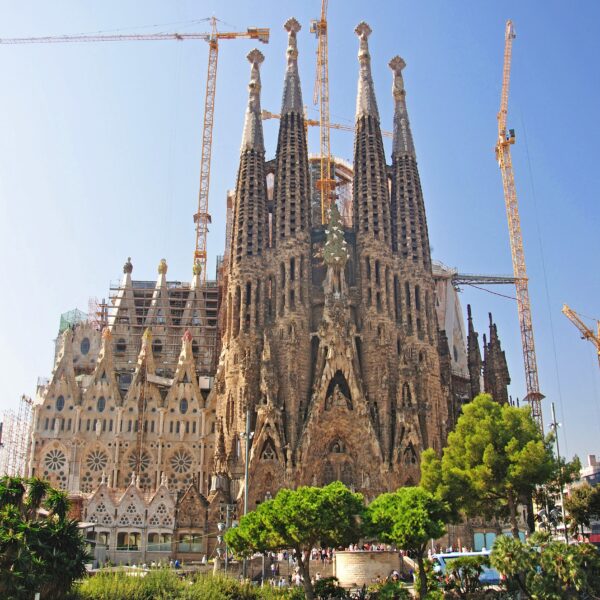
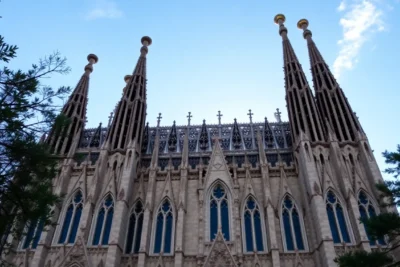
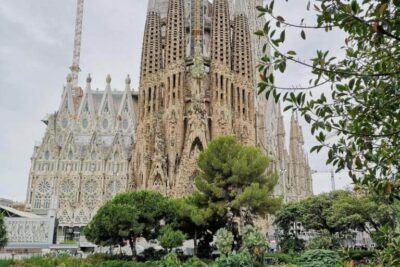
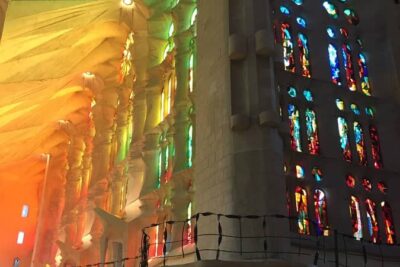
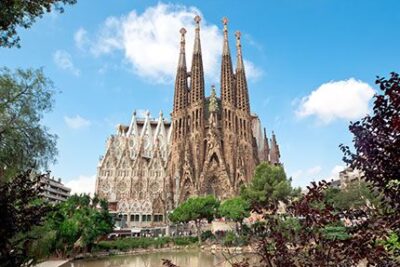
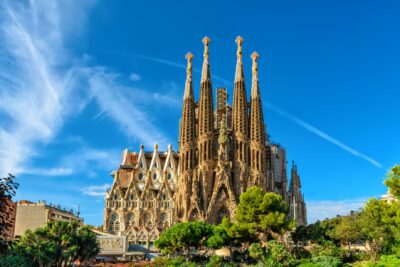
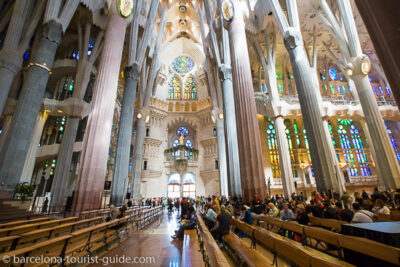
Read more!